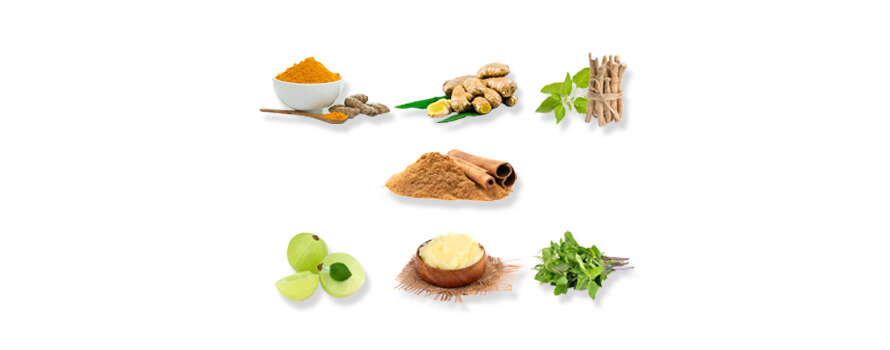Vitiligo, a skin disorder characterized by the loss of pigment in patches of skin, can be distressing for those affected by it. While modern medicine offers treatments such as corticosteroids, phototherapy, and surgery, many individuals seek alternative approaches, including Ayurveda, to manage their condition. Ayurveda, an ancient Indian system of medicine, focuses on restoring balance within the body to promote overall health and well-being. In this article, we’ll explore Ayurvedic principles of Vitiligo treatment in Ayurveda at Birla Ayurveda and some common Ayurvedic remedies used for this purpose.
Understanding Vitiligo in Ayurveda
In Ayurveda, vitiligo is often associated with the imbalance of doshas, which are the fundamental energies that govern physiological and psychological functions in the body. According to Ayurvedic philosophy, vitiligo is believed to result from an imbalance in the Pitta Dosha, which governs metabolism and digestion. This imbalance can lead to the destruction of melanocytes, the cells responsible for producing melanin, the pigment that gives colour to the skin, says Dr Mrunal Gole, an Ayurvedic Consultant at Birla Ayurveda.
Ayurvedic Approach to Vitiligo Treatment
Ayurveda offers a holistic approach to treating vitiligo, focusing on restoring balance to the Doshas, strengthening the immune system, and promoting the regeneration of melanocytes. Vitiligo treatment in Ayurveda typically involves a combination of dietary modifications, lifestyle changes, herbal remedies, and specialized therapies.
1. Dietary Modifications:
In Ayurveda, diet plays a crucial role in maintaining overall health and balance within the body. Individuals with vitiligo are often advised to avoid foods that aggravate the Pitta Dosha, such as spicy, sour, and acidic foods. Instead, they are encouraged to consume cooling and soothing foods, including fresh fruits, vegetables, whole grains, and dairy products. Ayurvedic practitioners may also recommend the inclusion of herbs and spices with cooling properties, such as coriander, fennel, and aloe vera, in the diet.
2. Herbal Remedies:
Ayurvedic herbs are commonly used in the treatment of vitiligo due to their purported immunomodulatory and melanocyte-stimulating properties. Some of the herbs commonly used in Ayurvedic remedies for vitiligo include:
- Bakuchi (Psoralea corylifolia): Also known as Babchi, Bakuchi is considered one of the most potent herbs for treating vitiligo in Ayurveda. It is often applied topically as a paste or oil to the affected areas of the skin, as it is believed to stimulate melanocyte production and pigmentation.
- Guduchi (Tinospora cordifolia): Guduchi is known for its immunomodulatory properties and is often used to strengthen the immune system in Ayurvedic medicine. It may be included in formulations aimed at addressing the underlying immune dysfunction associated with vitiligo.
- Manjistha (Rubia cordifolia): Manjistha is a blood-purifying herb commonly used in Ayurveda to support skin health. It is believed to help detoxify the blood and promote the elimination of toxins from the body, which may benefit individuals with vitiligo.
- Neem (Azadirachta indica): Neem is revered for its anti-inflammatory and antimicrobial properties in Ayurveda. It may be used topically to soothe inflamed skin and prevent secondary infections in individuals with vitiligo.
3. Panchakarma Therapy:
Panchakarma is a specialized Ayurvedic therapy aimed at detoxifying and rejuvenating the body. It typically involves a series of therapeutic treatments, including massage, herbal steam baths, and internal cleansing procedures. Panchakarma therapy is believed to remove accumulated toxins from the body, restore balance to the Doshas, and promote overall health and well-being. While research specifically examining the efficacy of Panchakarma for vitiligo is limited, some individuals may find it beneficial as part of a comprehensive Ayurvedic treatment plan.
4. Lifestyle Modifications:
In addition to dietary changes and herbal remedies, Ayurvedic treatment for vitiligo often emphasizes lifestyle modifications to support overall health and well-being. This may include practices such as stress reduction techniques, adequate sleep, regular exercise, and maintaining a balanced daily routine. Stress is believed to exacerbate the symptoms of vitiligo, so stress management techniques such as yoga, meditation, and deep breathing exercises may be recommended to help individuals cope with the emotional impact of the condition.
Safety Considerations:
While Ayurvedic remedies may offer potential benefits for individuals with vitiligo, it is essential to approach treatment under the guidance of a qualified Ayurvedic practitioner. Some herbs and therapies may interact with medications or have side effects, so it is crucial to seek personalized advice based on individual health needs and circumstances. Additionally, Ayurvedic treatments may take time to show results, so patience and consistency are essential when pursuing this approach.
In conclusion, Ayurveda offers a holistic approach to treating vitiligo by addressing underlying imbalances within the body and promoting overall health and well-being. Through dietary modifications, herbal remedies, lifestyle changes, and specialized therapies such as Panchakarma, Vitiligo treatment in Ayurveda aims to restore balance to the Doshas, strengthen the immune system, and promote the regeneration of melanocytes. While further research is needed to fully understand the efficacy of Ayurvedic treatments for vitiligo, many individuals find relief and improvement in their symptoms through this ancient healing system.



